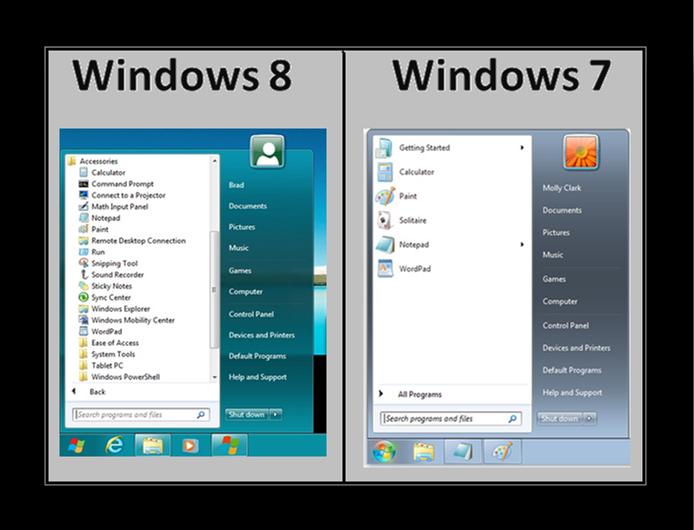How to Use Windows Explorer Ribbon in Windows 8

Ribbon is basically a GUI software which became known after its introduction in the Microsoft’s application. This interface of tab bars helps users in performing different functions easily. The toolbar contains core tabs as well as few contextual tabs. Contextual tabs are invisible and they only appear when a certain tab is clicked, while core tabs remain visible until the functions from a contextual tab are being used.
The first GUI interface ribbon was introduced in Microsoft Office 2007 and now in Windows Explorer 2008, a modified version of the ribbon has been introduced. If you are willing to know the actual functions that are available in Windows Explorer Ribbon in Windows 8 then take a look at the guide given below:
Instructions
-
1
Open the library in Windows 8. Drag your cursor towards the Help tab which is available on the upper right corner of the window. There will be a down arrow button right next to it, which is the ribbon button. Click it to expand.
-
2
A new window will appear on your screen which contains three core tabs; Home, Share and View, besides the File tab.
Commands in Home Tab: Copy, Paste, New Folder, Delete and Rename
Commands in Share Tab: Zip, Email, Print, Fax Files and Share Folders -
3
Contextual tabs are viewed when a file or folder is selected; if an image of JPG or PNG type is selected, the picture tools will display on your screen with a different color that the rest of the tabs stand out.
-
4
If a certain item is selected from a core tab, the tab changes. For instance if, from the share tab, you select the Computer tab then the Home tab will not be visible. You will be allowed to view the tabs related to control panel and it it will allow you to change programs or uninstall any.
-
5
In the Computer tab, the Disk contextual tab will allow you to work with the hard disk’s functions and removable storage. The functions are Bitlocker, Optimize, Cleanup, and Format.
-
6
In the Disk contextual tab an in-built tool is available which will allow mounting the disc images of .iso and .vhd file type. You can also burn an image on the disc.
-
7
Like in most Microsoft Office versions, a popup description is available in Windows 8 as well which describes what that particular tab's functionality is. Besides viewing the description of the tab, if a keyboard shortcut is available then that is also displayed.
-
8
The ribbon can also be navigated by using keyboard shortcuts. In order to view the shortcuts press Alt and you will be able to access the toolbar buttons. After that you can press any key for a tab, for instance press H for the Home tab.
-
9
When a key for each tab is pressed Hotkeys hints are then displayed.
-
10
From the File’s menu you will be allowed to open new Explorer window along with some most recently viewed wp-content/uploads. The list of recently viewed wp-content/uploads is called the jump list.
-
11
Within the File menu you are allowed to access the command prompt and the Windows Power shell. It is up to you whether you wish to open it as an administrator or a normal user.
-
12
The option of Open Command Window Here in the drop down menu is still available; you will have to press Shift while right clicking a folder in the Explorer.
-
13
The View tab allows a user to customize the panes, hide or show the name extensions of the File and the hidden items. Besides that the search button allows you to change the search option through the Option Button.
-
14
The standard options used in the previous version of windows can be viewed by selecting the Change Folder and search options item from the drop down menu, which can be viewed by clicking Options.
-
15
The layout of the Files and Folders can be changed by clicking View tab and then selecting the Layout section. From the various options you can choose any of your choice.
-
16
In the Explorer Window drag your cursor towards the lower right corner where an option is available to switch your choice between a detail view of the icons and large icon view.
-
17
The Navigation pane, the detail pane and to show or hide the Preview of the pane can be done through the Panes sections which is available in the View tab.
-
18
The Quick Access toolbar is also available in Windows Explorer. Add any option from the ribbon to the Quick Access Toolbar . This can be done by right clicking on the option and selecting the Add to Quick Access Toolbar. This will add the option above the ribbon but by using a similar right click menu, you can also move it below the ribbon.
-
19
On the Quick Access Toolbar the buttons of Properties and Folder are available by default.
-
20
In Windows 8 the Up button has been brought back. Many people disliked its absence in Windows 7. You can view it on the left side of the address bar.







